_(2)2.png)
Sunlight and Space: Traditional and Modern Architectural Adaptations for Indian Homes
Artifex Interio 06-06-2025 02:07:02
The importance of natural light as part of modern home interior design runs deeper than mere aesthetics. It impacts health, well-being, energy efficiency, and the visual character of a home.
Studies depict that exposure to sunlight regulates our circadian rhythms, enhances mood, and helps synthesise vitamin D. Not just that, it also determines our energy levels throughout the day, keeping us at our most active form.
However, bringing in sunlight into our homes requires careful planning and architectural adaptations, which we will explore in detail through this Artifex Interio guide.
Traditional Indian Architecture and Light: Exploring the Options
India's climatic diversity poses unique architectural challenges. From scorching summers in Rajasthan to humid monsoons in Kerala and frigid winters in the Himalayas, Indian homes must strike a careful balance—welcoming sunlight where beneficial, yet shielding against its excesses.
Centuries before artificial lighting was introduced, Indian builders already mastered the art of capturing light and bringing it into people’s homes. Their methods, to this day, continue to inspire a lot of the home interior design ideas:
Jaalis and Ventilation Grids: Beyond filtering and softening the harsh sunlight, these structures also create mesmerising patterns, which promote air circulation too.
Courtyards: Central courtyards are often regarded as the “soul of traditional Indian homes.” Besides their aesthetics, they also bring sunlight to interior zones, supporting cross-ventilation and offering a communal space for the family.
Verandahs: Often tagged as “buffer zones,” verandahs shade the inside of the home during summers while allowing angled winter sun to warm the home.
Understanding Sun Path and Climatic Zones in India
To better ideate the home interior ideas with experienced designers and architects at Artifex Interio, the key is to understand the geographical and climatic zones in India.
Here are key considerations:
- In Northern India, where winters are cold, homes benefit from larger south-facing windows to capture the low winter sun.
- In contrast, Southern India, being closer to the equator, experiences intense heat for most of the year, requiring smaller windows, shaded courtyards, and thick walls for insulation.
- Similarly, Western coastal areas with high humidity favor cross-ventilation and shaded verandahs.
- Eastern India with abundant rainfall demands protected overhangs and rain-friendly design.
The key is to determine the annual weather and climate of the place first and then ideate the suitable interior design for the home.
Spatial Planning for Daylight Distribution: Important Consideration
The spatial layout is a crucial part of a contemporary home design. More than the windows being the gateway for natural light to enter the home, the focus should equally be on the spatial planning.
1. Room layouts that enhance natural lighting
2. Using partitions and translucent dividers
When it comes to modern living room design ideas where bringing in natural light into the home is of main priority, it is crucial to ditch solid partitions and instead switch to glass, wood slats, or perforated panels to ensure light flow.
3. Ditching false ceilings
The popularity of false ceilings doesn’t require any further introduction and while they do offer an aesthetic appeal to the home interiors, they can obstruct natural light if not designed thoughtfully. The key is to use light-coloured materials, cove lighting, and avoiding bulky soffits, especially near the windows.
How to Merge Nature with Light in your Home Interior?
Natural light truly gains depth and quality when combined with the right landscape design. However, it doesn’t necessarily mean transforming your home into a forest. What’s important is strategic planning and harmonious interior design elements.
- Trees, shrubs, and planters near windows act as natural light diffusers, softening glare while maintaining brightness, perfect for summer months.
- Planting deciduous trees on the south or west side offers shade in summer while allowing winter light through bare branches. Additionally, creepers on pergolas or lattices add seasonal shading without compromising light availability.
- Balconies, terraces, and chajjas (projected ledges) filter intense light, turning it into softer, ambient glow indoors, so consider adding them for visual and spatial richness.
Common Daylighting Mistakes in Indian Homes – and How to Avoid Them
An ideal home interior décor with natural light in the forefront requires a lot of experience and expertise. There are instances where daylighting is often poorly implemented in modern homes.
Some of the common pitfalls include:
- Large glass windows without sun control lead to overheating.
- North-facing living areas in cold regions, which fail to capture winter sunlight.
- Too many internal partitions that block light flow and increase reliance on artificial lighting.
- Dark interiors and low reflectance finishes absorb the natural light instead of distributing it.
Final Words
As you plan your dream home, ask yourself:
“Are you designing just for the eyes, or for the sun and soul too?”
At Artifex Interio, we champion the philosophy that light is the first material of design. Our projects are rooted in contextual sensitivity, where sunlight and space are thoughtfully woven together to create homes that are not only energy-efficient but also emotionally uplifting.
For bespoke, daylight-centric designs that reflect who you are and where you live, connect with us!
RECENT POSTS
_(1)1.png)
Creating User-Centric Spaces: The Designer Way
2025-06-06 14:59:54
_(2)2.png)
.png)
Going Green: Bringing the Outdoors Into Home with Interior Design in India
2025-06-06 13:04:33
1.png)
Blending Tradition with Modernity: Flooring Choices for Indian Interiors
2025-05-30 12:38:02
_(3)1.png)
Oasis in Heat: Designing Homes for Thermal Comfort in India
2025-05-29 15:32:07
_20250524_162043_0000_(2).png)
The Art of Mixing Textures: Adding Depth to Your Interiors
2025-05-02 21:48:06
_(2).png)
_(4).png)
Small Space, Big Style: Clever Interior Design Hacks for Indian Apartments
2025-05-02 15:36:45
_(5).png)

How to Make Your Room Look Aesthetic Without Buying Anything?
2023-06-01 19:54:46
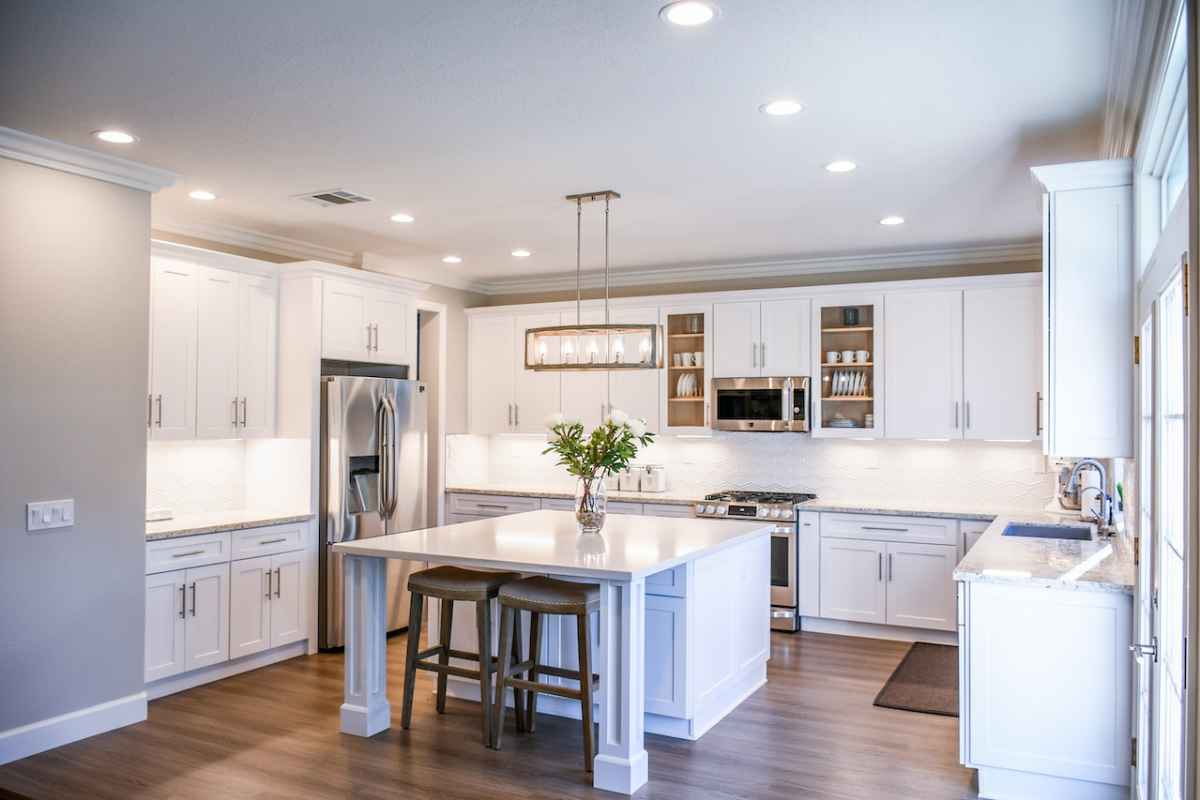
How Do I Make My 90s House Look Modern?
2023-06-01 19:43:06

Is It Better to Hire an Interior Designer or Do It Yourself?
2023-06-01 18:48:15

10 Benefits of Interior Design Consultant That May Change Your Perspective
2022-09-06 16:40:33
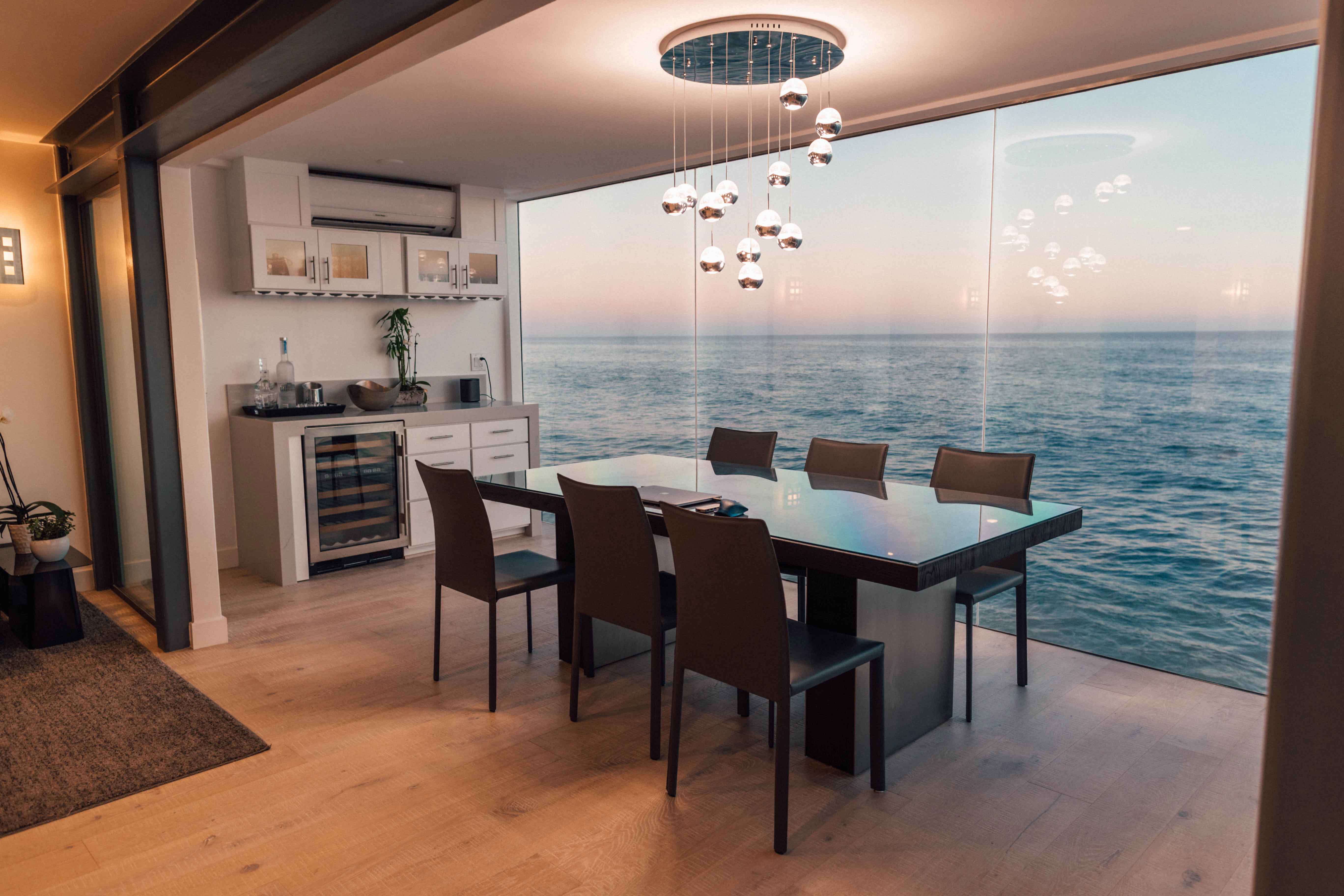
7 Reasons Why You Should Invest in Interior Design Consultant
2022-09-06 16:39:49
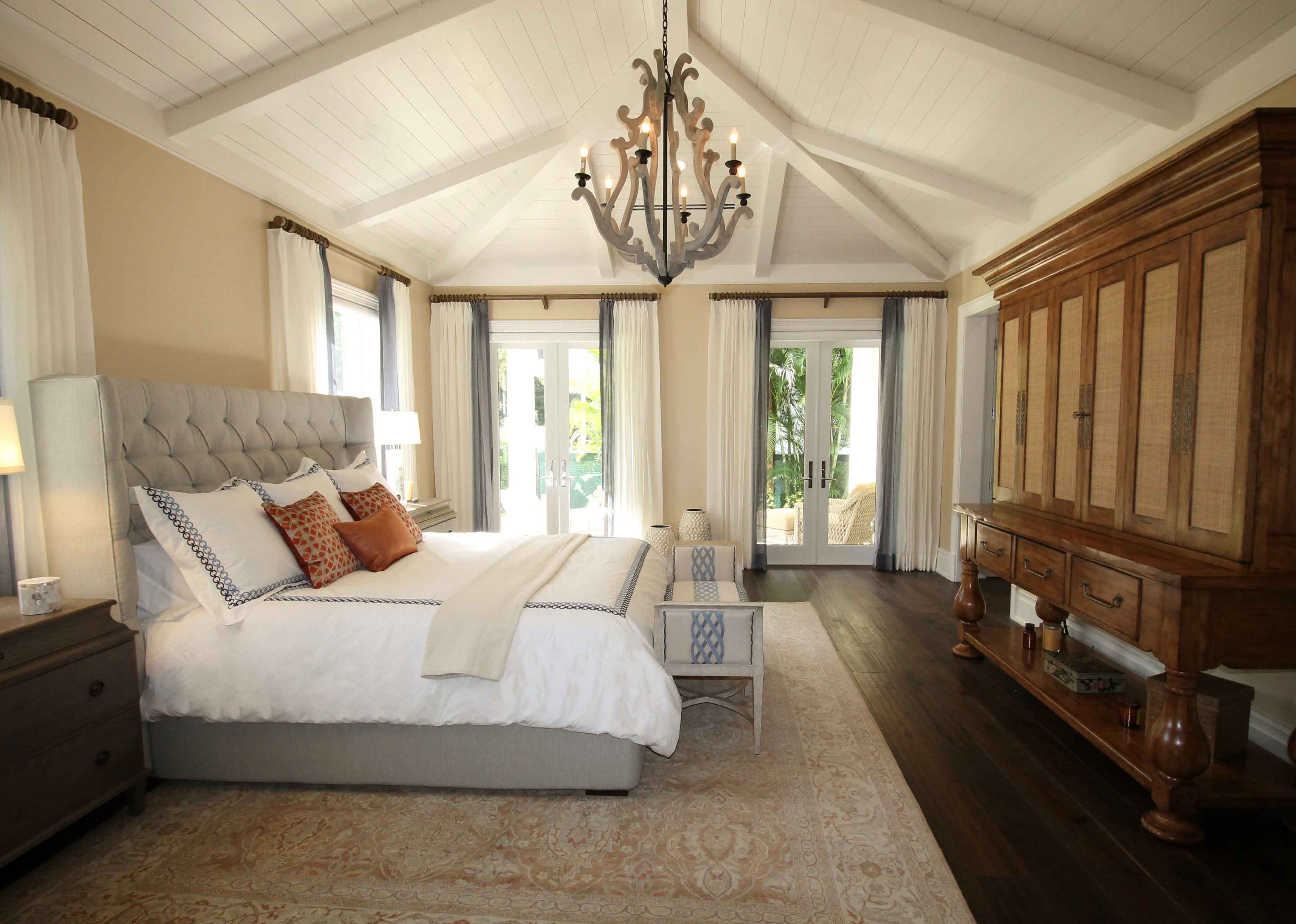
How to Get a Luxury Hotel Master Bedroom at Home?
2022-09-06 16:39:13

Creating Beautiful and Elegant Space with Artifex Interio
2022-08-17 20:57:55
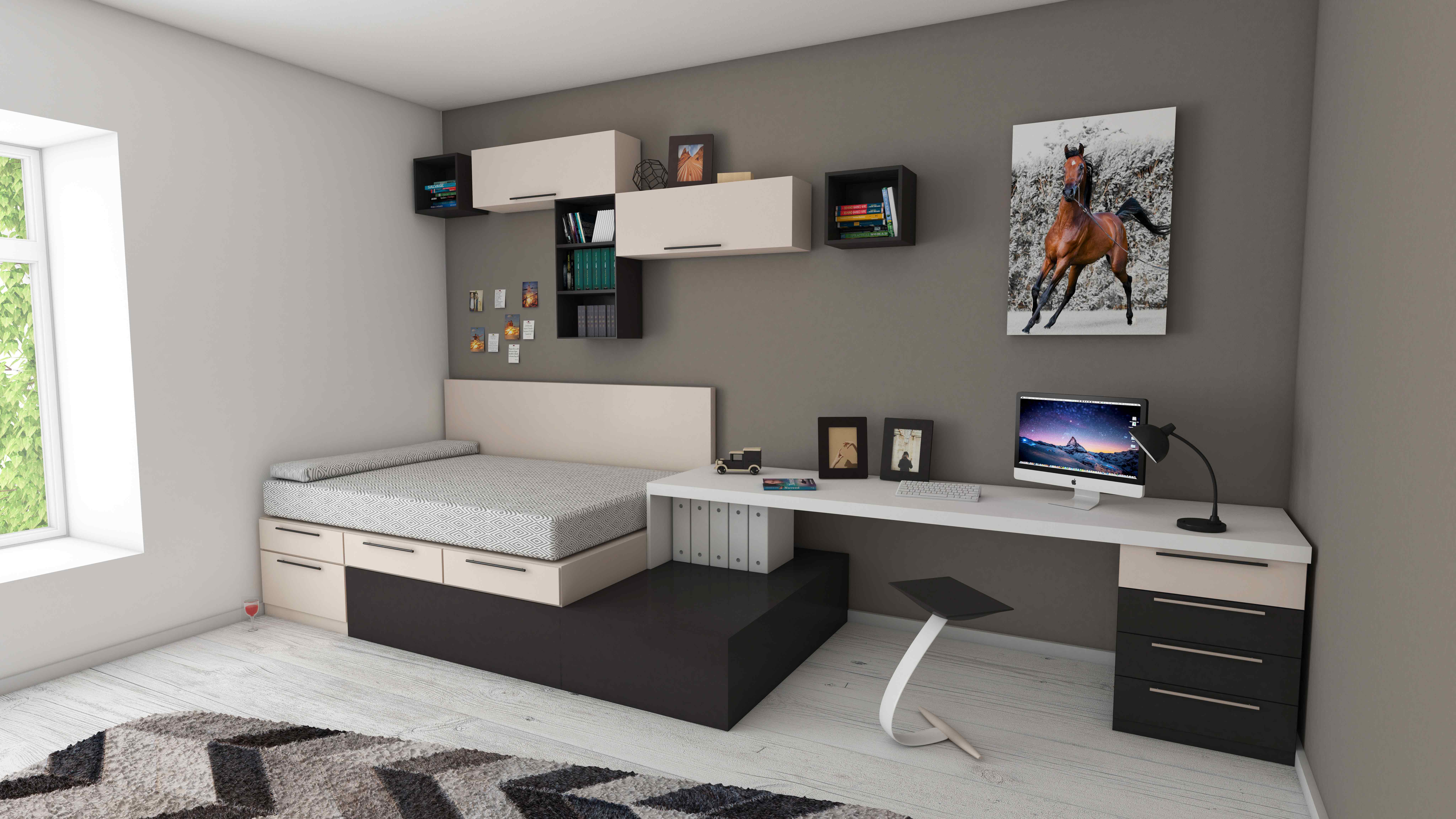
How Interior Design Consultants Can Keep You Out of Trouble?
2022-08-13 22:33:04
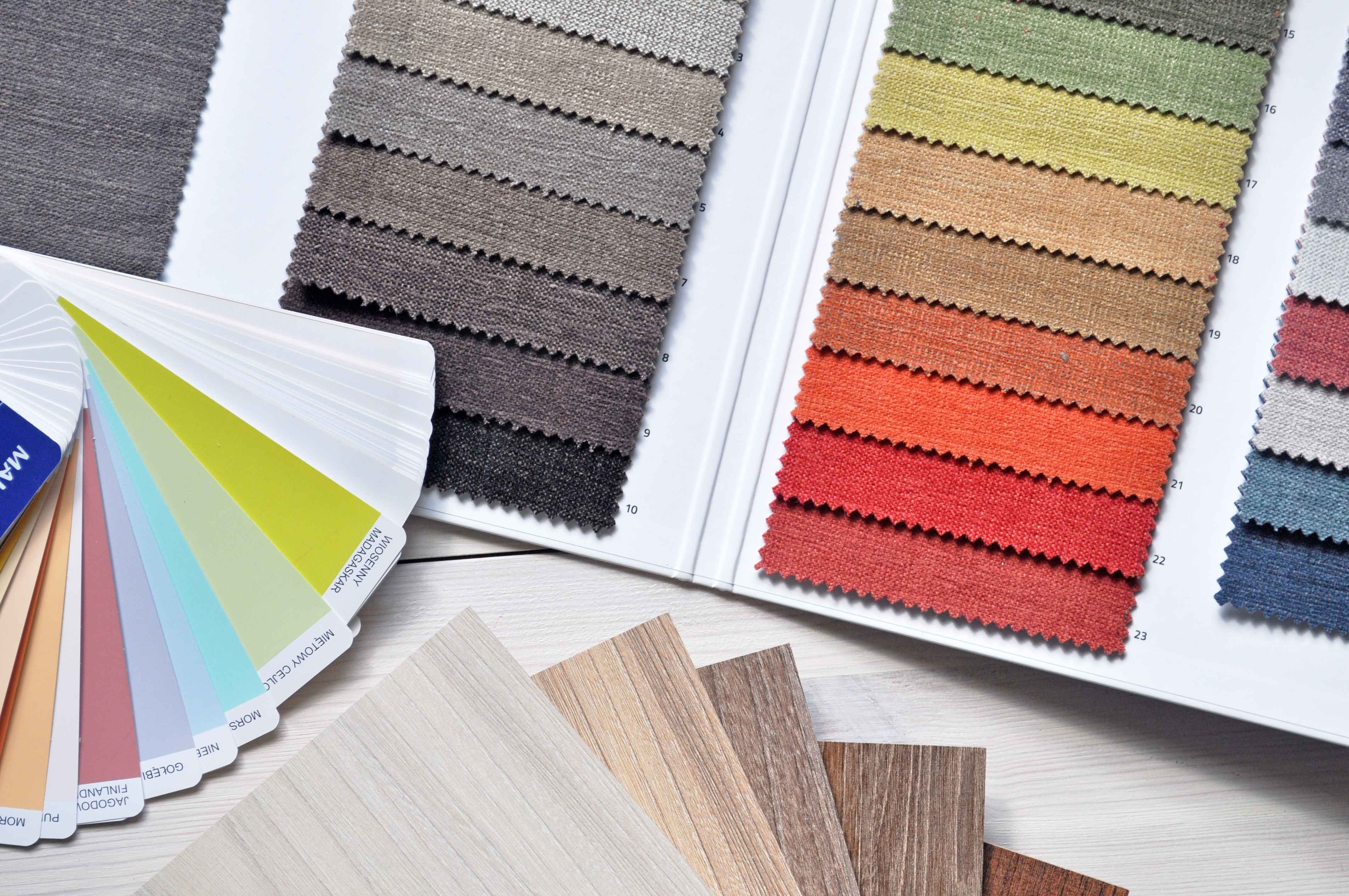
Artifex Interio Inspire You into Your Dream Interior Creations
2022-08-13 22:31:58

